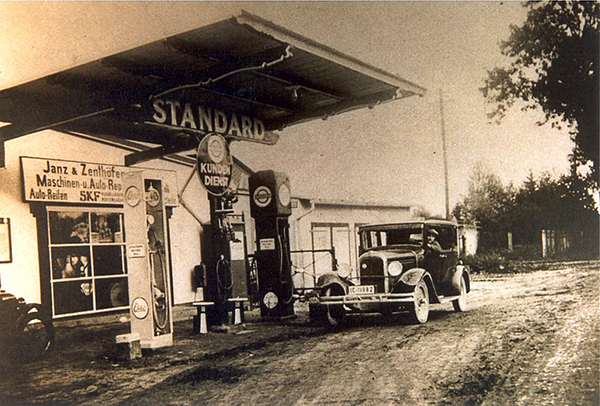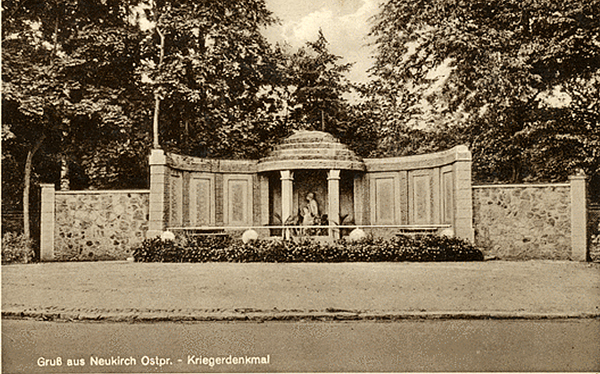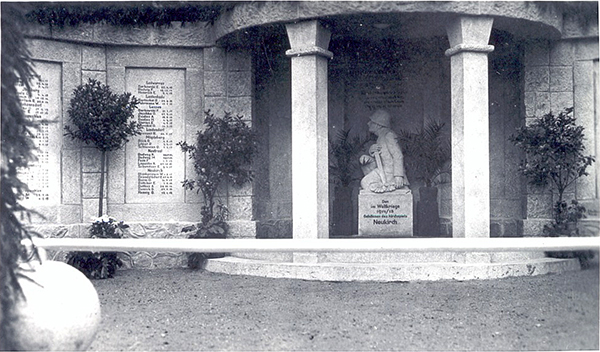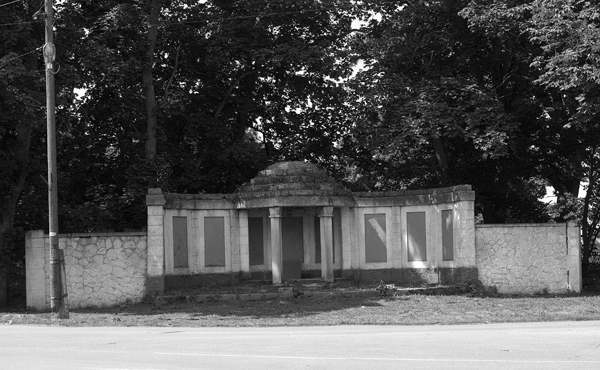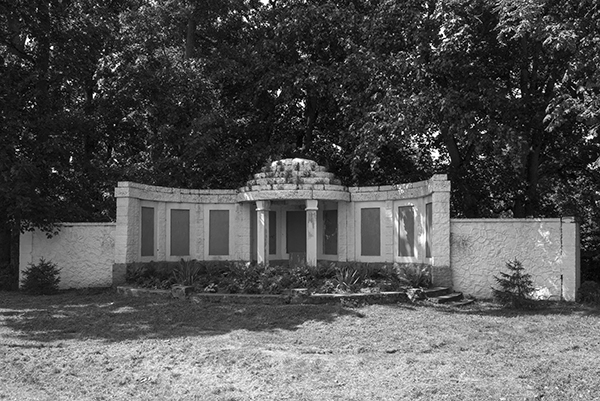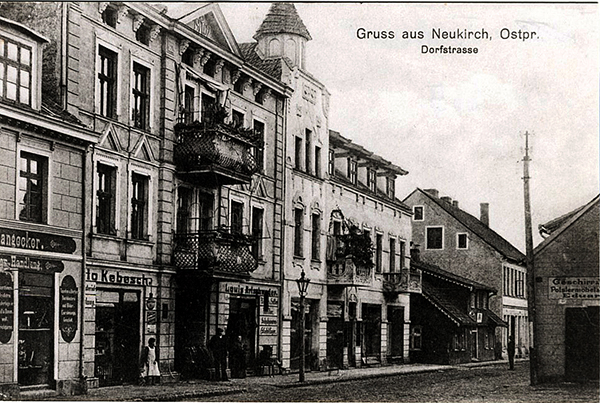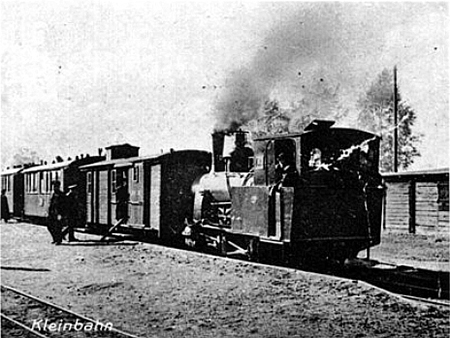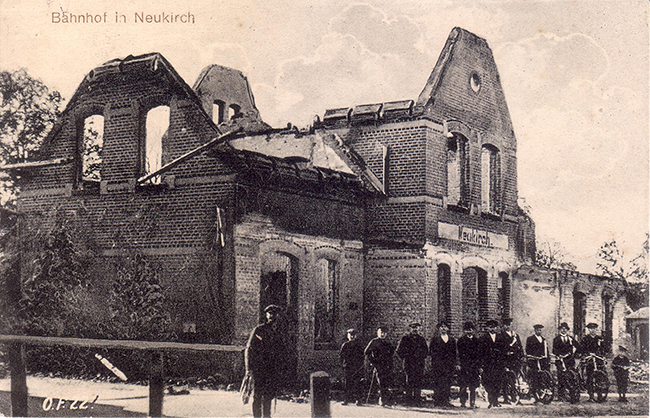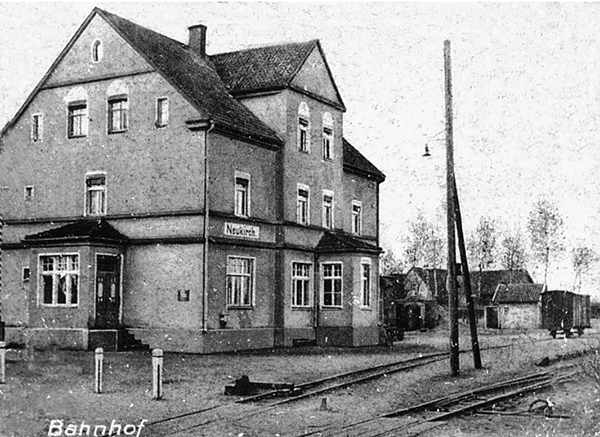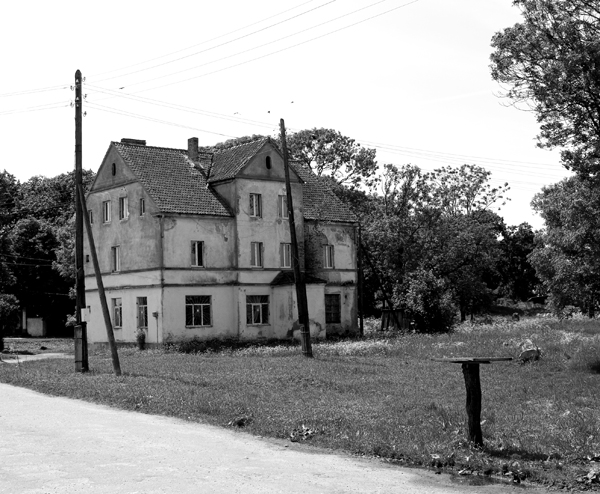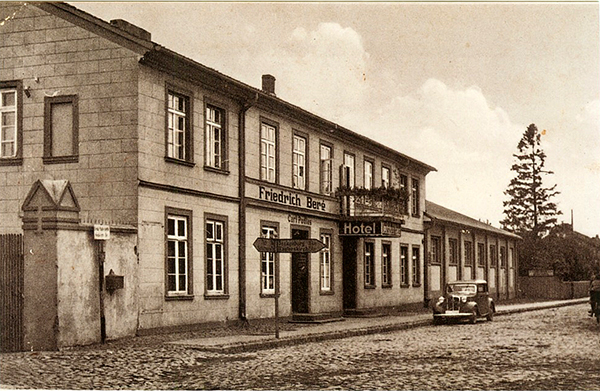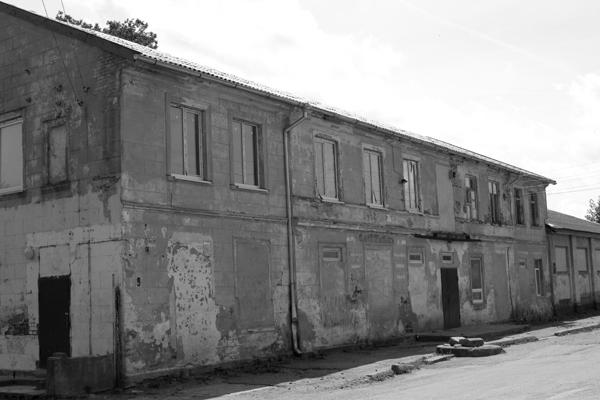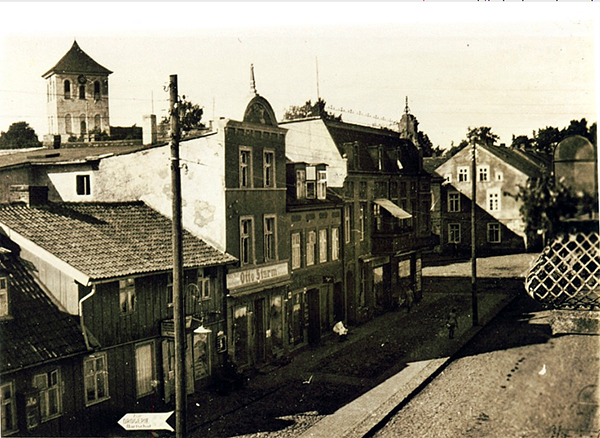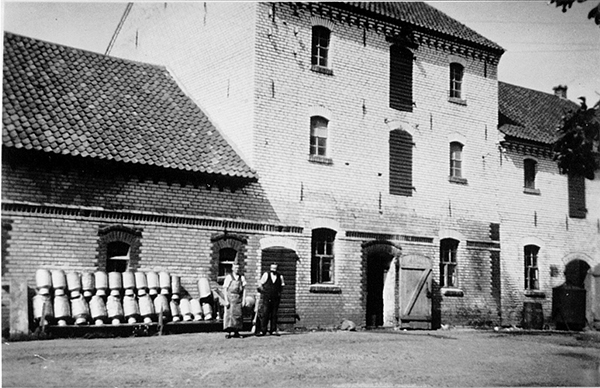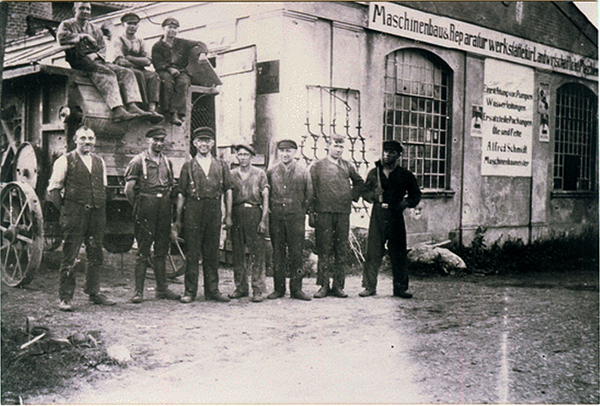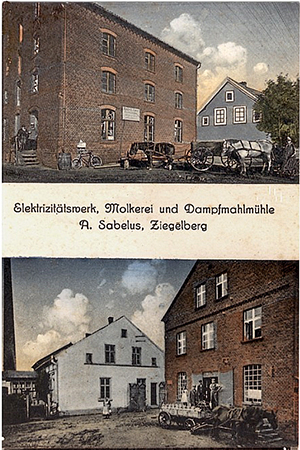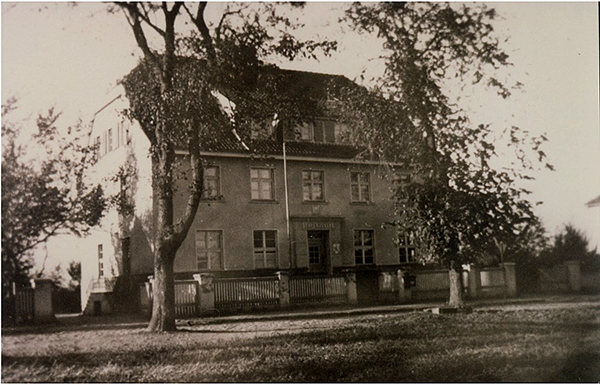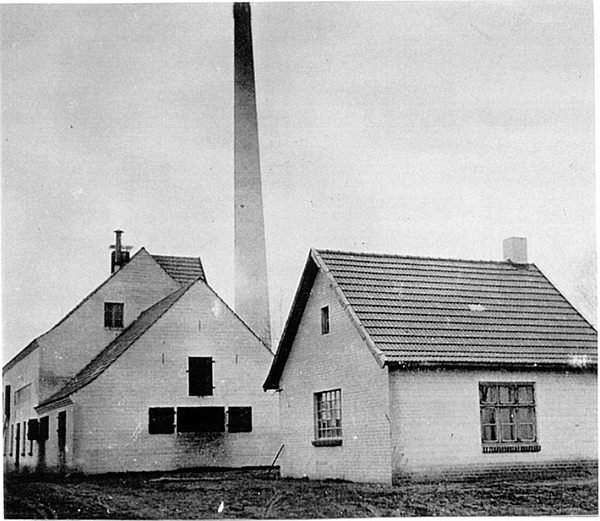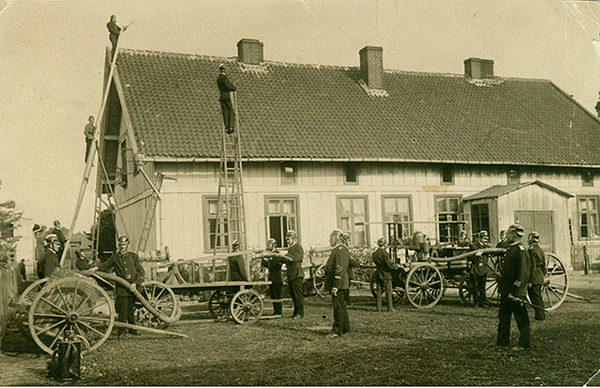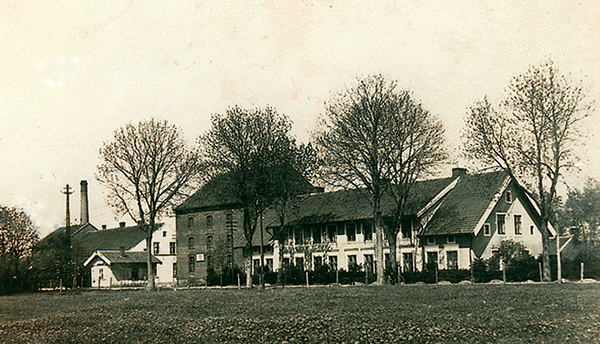Neukirch (Timiryazevo) - Past and Present
Before the wholesale renaming of non-German names in East Prussia in 1938, Neukirch had the Lithuanian name of Joneikischken. At the beginning of the 17th century, the area around Joneikischken was called "Swamp Forest" (Morastiger Wald).
Before the Second World War, Joneikischken was the third most populous settlement in the Elchniederung district, behind only the towns of Kaukemen and Heinrichswald . In 1938, it had a population of 1,487. (The population of the entire diocese, which included 34 other village communities, was almost 4,000.)
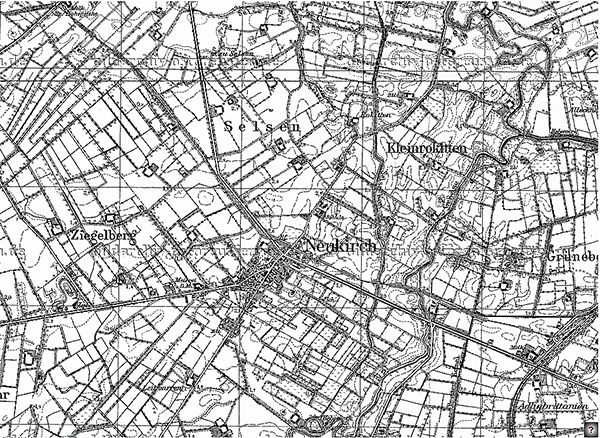
The first wooden church appeared here in 1635. In 1727, after a lightning strike, the church burned down along with the pastor's house. In 1729-1740, a stone church was built (brick and natural stone were used for construction), the remains of which have survived to this day. In 1757, an organ made by the Königsberg master Adam Gottlob Casparini was installed in the church. Under Soviet rule, the church was used as a warehouse. It burned down in April 1995.
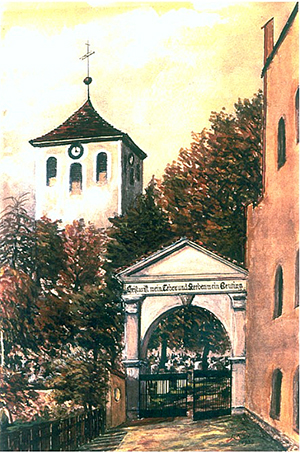

In 1709-1710, Neukirch was not spared by the plague epidemic, which wiped out about 2/3 of the population of East Prussia.
In 1635, the first school was established in Joneykischken. After the First World War, there was a 4-year primary school, later a private school for 5th and 6th grade students was added, where the parish priest taught. In 1930, a new primary school building was built. In 1940, a secondary school was opened in Neukirch, where classes were held until October 1944. In 1998, the school building was dismantled.
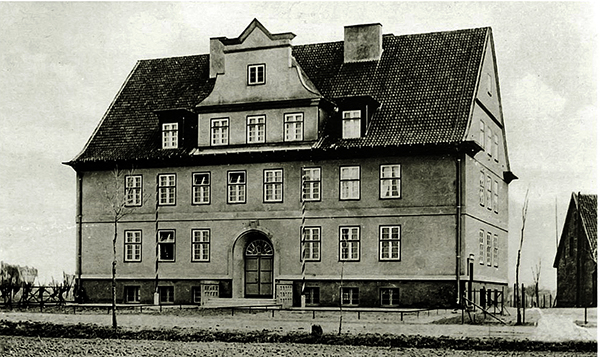
In August 1914, Yoneykishken was occupied by Russian troops, but was not significantly damaged.
Before the outbreak of the Second World War, the most modern cooperative dairy in East Prussia was built in Neukirch on Seckenburger Strasse, capable of processing 25 tons of milk per day and producing the famous "Tilsiter" - Tilsit cheese . Also in Neukirch was a small enterprise for the production and repair of agricultural machinery, a lime plant and a mill. The district administration of the land improvement association and the peasant association (Kreisbauernschaft) were located here. Every Friday, an agricultural fair was held in Neukirch.
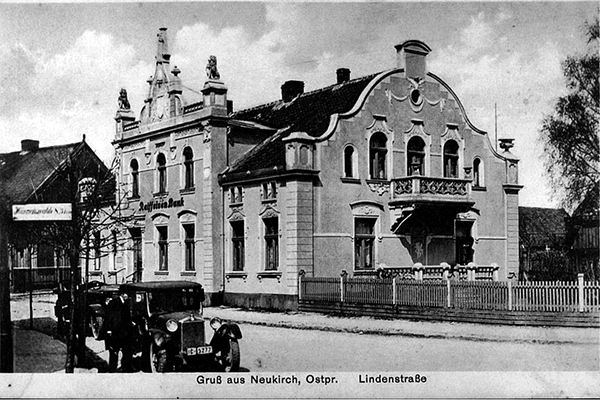
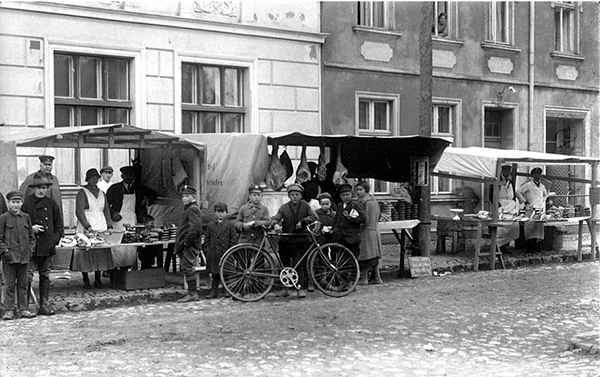
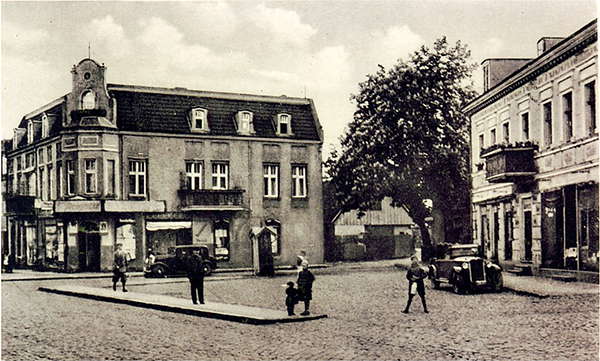
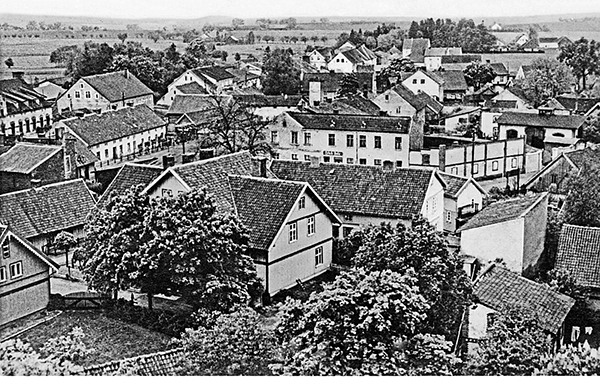
The Groß Brittanien - Karkeln (now Shcheglovka and Mysovka) branch of the Insterburg narrow-gauge railway (Insterburger Kleinbahn-AG) passed through Neukirch. In 1903, street lighting using acetylene was installed in Neukirch for the first time in the Elchniederung district. On October 10, 1944, due to the approaching front line, the evacuation of women and children to Saxony by rail began. Men and the rural population were evacuated as early as January 1945. On January 19, 1945, the Volkssturm detachment defending Neukirch left the village before the arrival of Soviet troops. This saved Neukirch from destruction. The remaining residents of nearby villages were deported in 1947-1948.
In 1946, Neukirch was renamed Timiryazevo in honor of Academician K. Timiryazev.
According to the 2010 census, 1,158 people lived in Timiryazevo.
(based on materials from www.ostpreussen.net and www.kreis-elchniederung.de)
